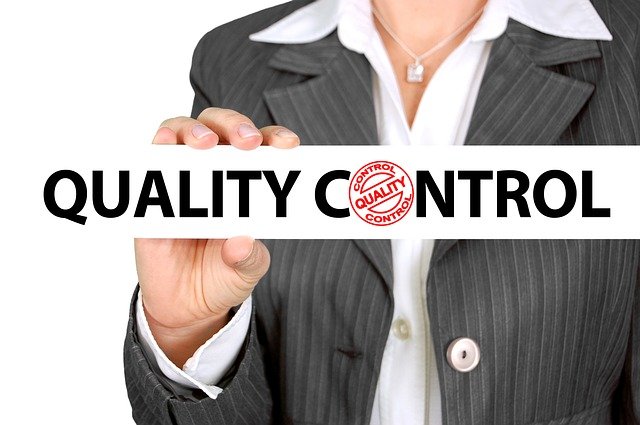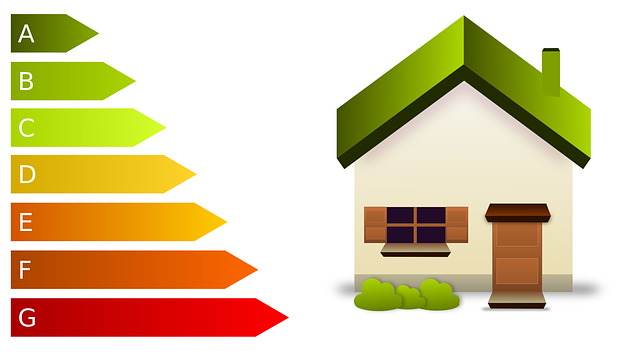As the COVID-19 pandemic continues to challenge public health worldwide, it
has abruptly affected economies, society and people’s lives, leading to a
paradigm shift in consumer lifestyles. Overnight, our lives became centred on
the home.This has led to a massive change in consumer behaviour across the
country and these behavioral changes are irreversible. The impact of shifting
consumer behaviour is being felt across industries, especially home appliances,
as a greater percentage of consumers spends a large chunk of their time at home.
In terms of the effect the pandemic has exerted on the home appliances market,
compared with the former, customers attach more importance to reliability,
integration, energy-efficiency and larger capacity when they decide on the
brands or models they plan to buy.
Followed are a deeper analysis of those features customers think highly of
during the pandemic.

Why Appliance Reliability Matters

2021 has witnessed changes in consumer preferences moving towards reliable
and quality brands. It is likely that this preference trend will continue in
2022.
Major appliances are a big purchase for most people which are complex,
mission-critical machines that can cost thousands of dollars and are so bulky
that they typically need to be delivered and installed, so buyers want them to
last. Consumer Reports’ surveys have found that our members rank
reliability—from refrigerators to laundry machines—as more important than price
or performance.
Besides the cost, they perform many of the basic chores of domestic
life—cooking, cleaning, preserving food. When they don’t, the entire household
suddenly is thrown off-kilter. For example when your refrigerator breaks, you
need to either fix it or replace it, before those Omaha Steaks at the back of
the freezer go bad. And during the pandemic, it becomes more troublesome to
repair or replace the appliances. Thus, the durability of those machines comes
to first when consumers select their homes.

In this way, it makes sense that reliability would be important to appliance
shoppers. It is tempting to go with the cheapest, but you don’t want to do that
at the expense of product quality. You want to make sure that the supplier you
are choosing is going to supply you with a quality product. Don’t be afraid to
ask questions about the quality of the products you are buying, and where your
supplier is sourcing their materials from. It’s better to have all of the
information you need to guarantee the quality of the products so that you can
make an informed decision.
If necessary, ask for product samples to make sure that you will be getting
what you’ve asked for. According to the the feedback from SMAD B2B team, it is
quite understandable that their clients would insist on getting to the bottom of
the matter, which is essential for a appliance shoppers to be responsible for
their customers. So they will try their best to meet the demands.
Automation&Multi-function

More and more people settled in their routines they looked for automating
their home appliances in a bid to save time. From microwaves having 73 auto cook
menus to curd maker refrigerators and quick wash washing machines,customers
across the country increasingly adopted automating home appliances. Virtually
everyone loves convenience, especially when you’re at home to take some rest.
Models that combine various functions thus becoming 2-in-1 appliances are also
becoming popular such as, ovens that have a dishwasher, or even ovens with a
dishwasher and a ceramic or induction hob, also refrigerators that have an ice
maker or water dispenser.
All of these changes allow you to control or use your home appliances without
leaving your work too long, which greatly brings convenience and enhances your
relaxation. Furthermore, products promising elevated hygiene also showed
potential. Washing machines with a steam function sold almost twice as much as
the year before, when the market was already worth around $5 billion.
Energy-efficiency

With many people confined to their homes, working remotely and
home-schooling, interest in appliances and consumer electronics has risen. The
trend of choosing energy-efficient appliances become particularly relevant as
appliance are the second-largest residential end use of energy. They consume
over 20% of total residential energy, a proportion that has been increasing
during the past decades. Up to 30% of residential carbon emissions come from the
use of appliances.
Thus, customers are likely to opt for energy-efficient home appliances to
save on electricity bills and reduce the cost of operations. It is vital that
new appliances bought during and after the pandemic are as efficient as possible
to outpace higher ownership patterns and avoid increased energy consumption
levels after the crisis.While the former saw a jump of up to 40% in the demand
for 5- star energy-efficient AC's, refrigerators adoption too reflected a
similar trend.
Larger appliances

Demand for large household appliances has been impressive in the first six
months of 2021. Compared to the same period last year, the large equipment
market in India grew by 51 percent, in China by 38 percent, and in Western
Europe by 32 percent in the first half of 2021.
In 2022, people will also spend a lot of time inside the home and their
demands on household appliances will increase. When it comes to storage, food
preparation, cooking, and even cleaning chores, besides reliability,
energy-efficiency and functions, consumers value capacity.
For example, high-capacity side-by-side refrigerators (+36 percent) or those
with more than four doors (+33 percent) were particularly popular.
The surge in home appliances purchases by consumers was an unusual
macroeconomic development. The importance of these factors is likely to fade as
public health concerns are mitigated by increasing vaccinations. But the desire
for reliability, integration, energy-efficiency and larger capacity is
irreversible.


